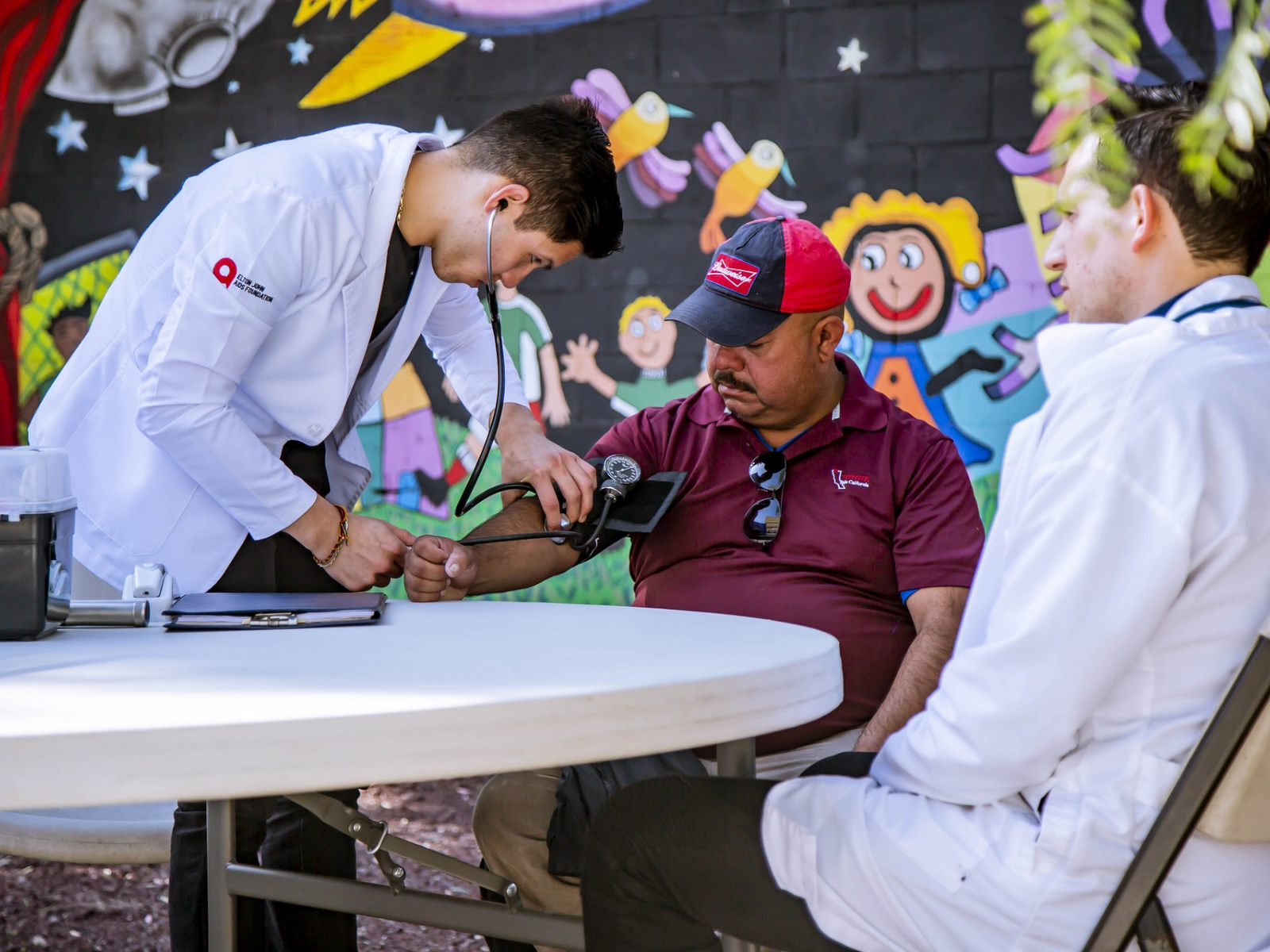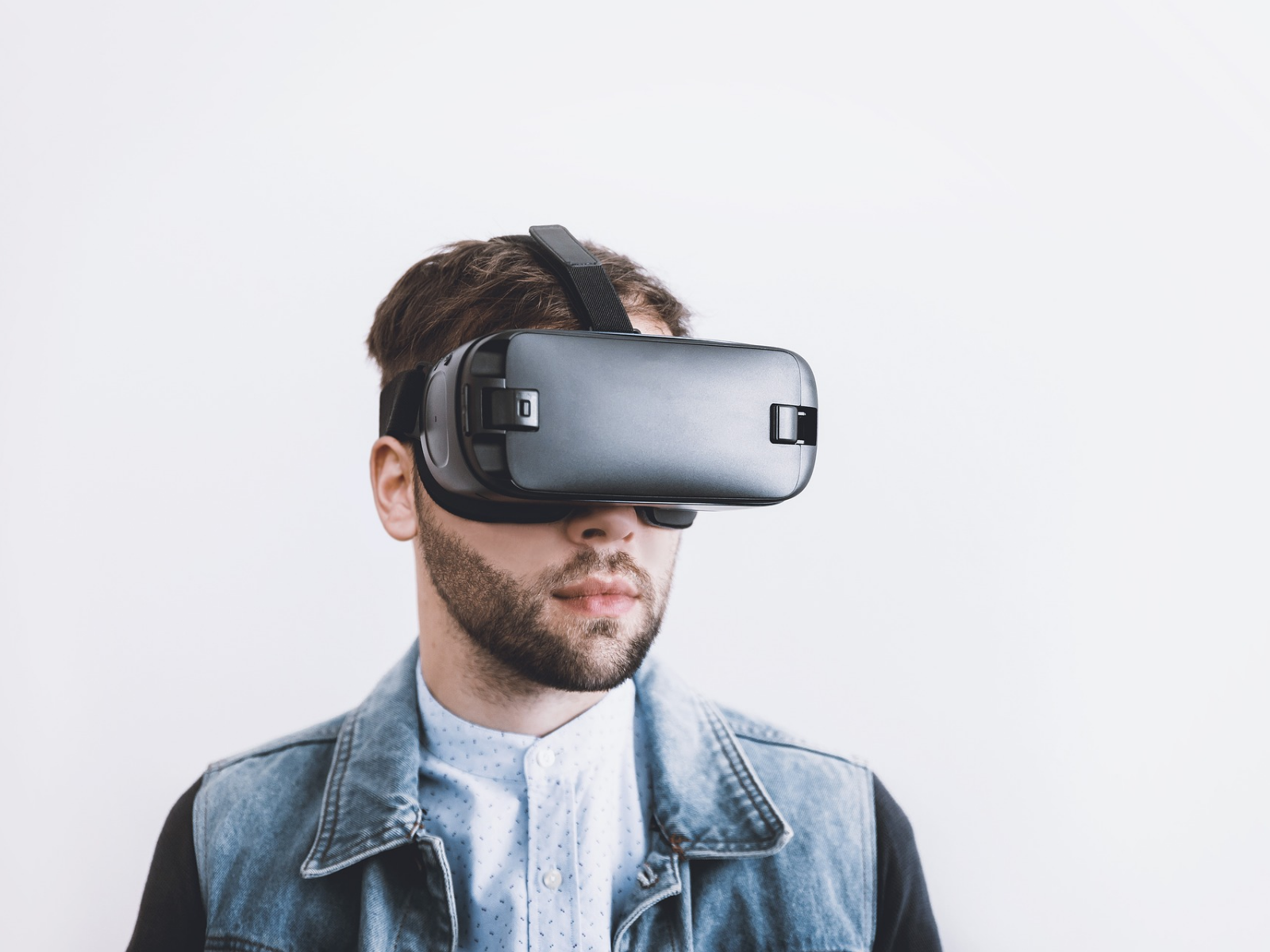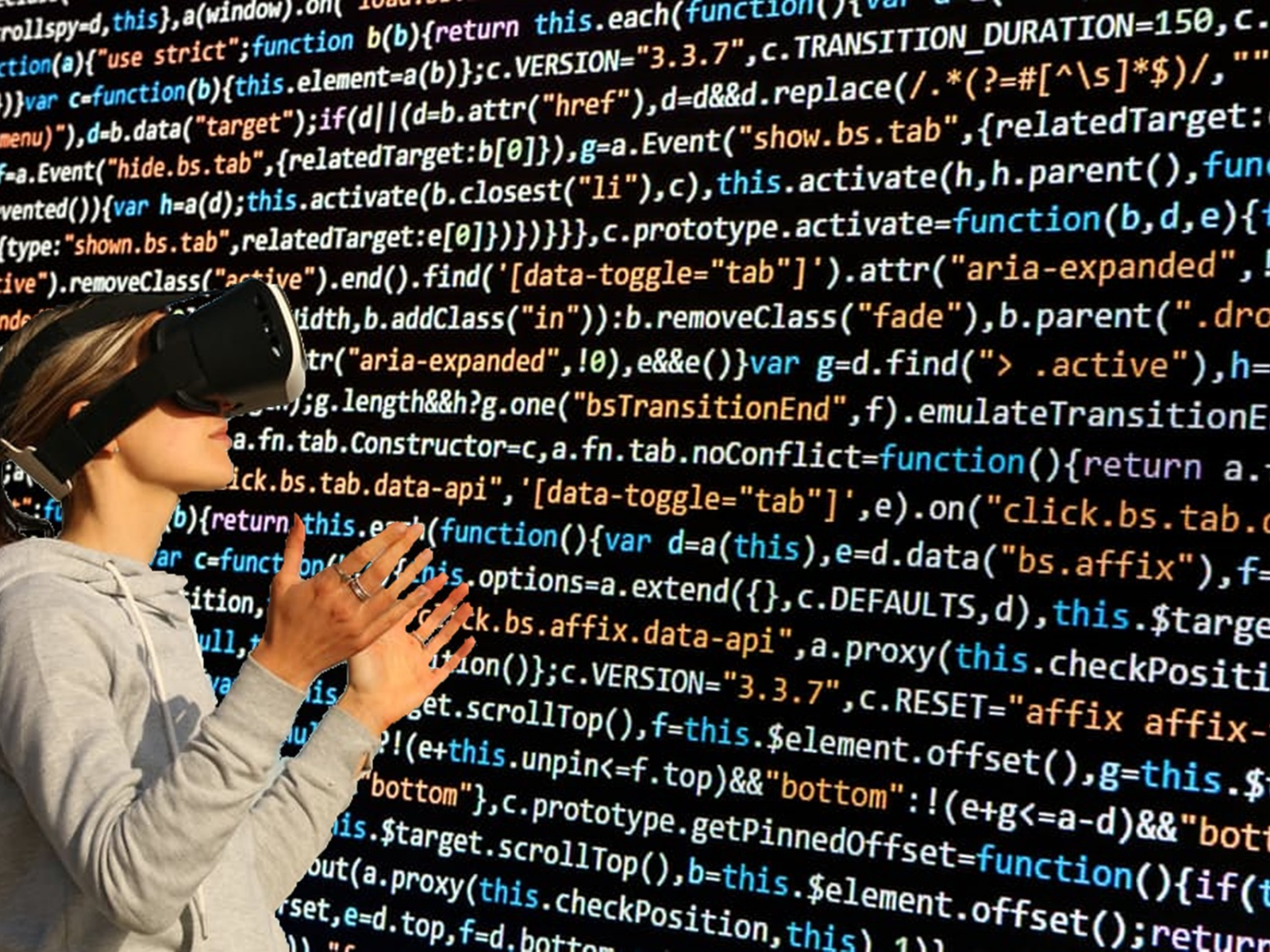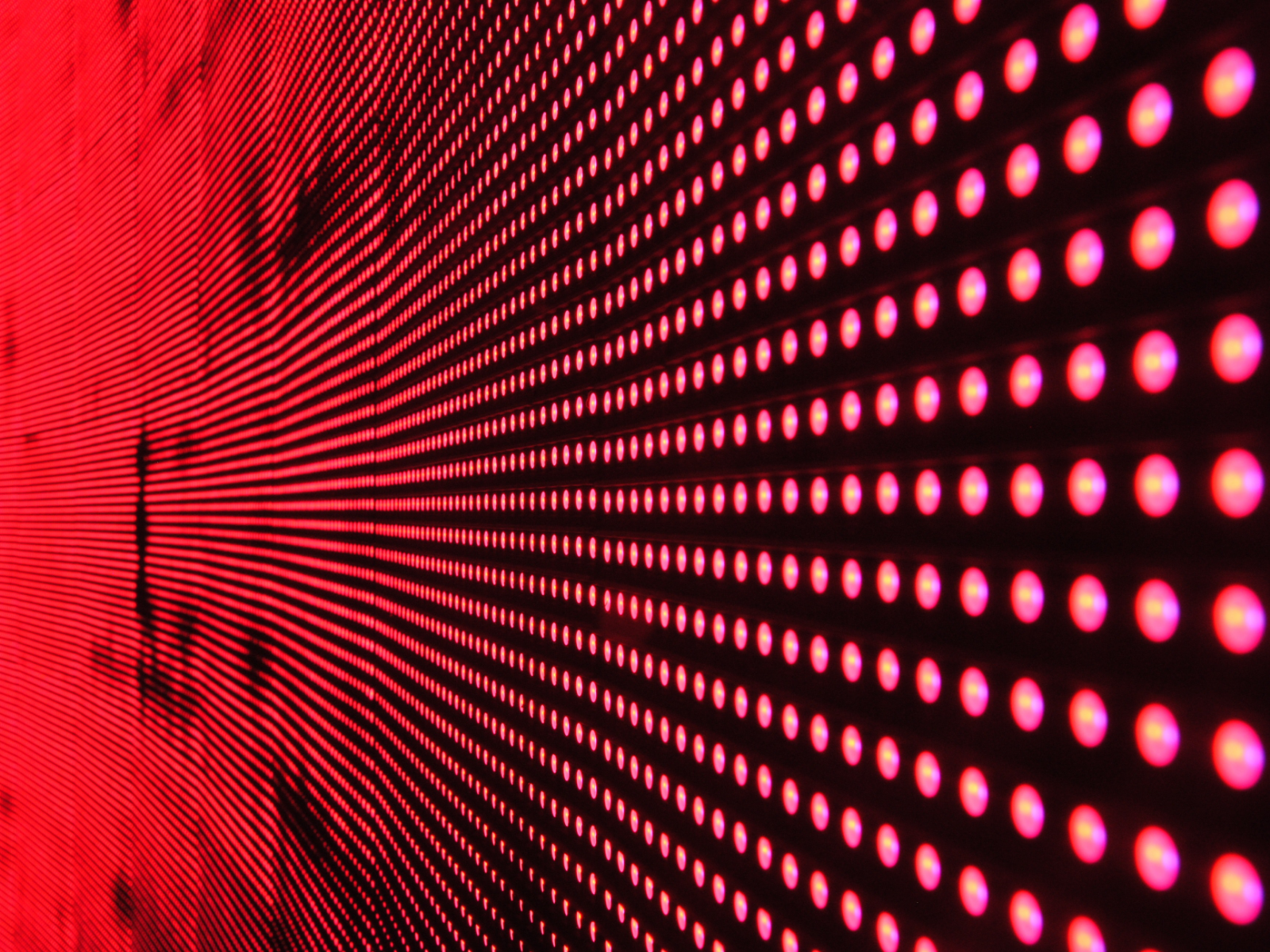Mixed Reality, or “MR,” is the superimposition of virtual images onto real spaces. It is a relatively new technology, but it is already having a major impact on society. One field that is being impacted by MR is healthcare. Here are a few ways that MR is impacting medical practices around the globe.
Educating Young Professionals
Mixed Reality is a useful tool for educating young medical professionals. MR programs can help immerse students in the things that they are learning in a simulated, safe environment. One such program is called HoloPatient. Created by textbook publishing company Pearson in conjunction with Microsoft, HoloPatient uses HoloLens technology to provide students with interactive holograms to help them learn about the human body. These holograms show, in vivid detail, how the parts of the body work together and what they look like when they fail. They could have lasting effects on how professors teach medical students things like anatomy, chemistry, and more.
Providing Continuity of Care
Mixed Reality could also help doctors provide better continuity of care for patients. It is an unfortunate reality that one doctor or nurse can not provide care for a single patient at all times. However, MR imaging could help doctors and nurses get relevant information about patients faster. Doctors and nurses who use MR are able to quickly learn about a patient’s medical history and relevant conditions, and they are better able to share this information with other medical professionals. With this information, practitioners are better equipped to respond to emergency situations and to provide better, more consistent care to patients who need it.
Making Surgery Easier
Mixed Reality is also making surgeries much easier and safer. Using MR, surgeons are able to see overlays of a patient’s vital data– as well as projections of the patient’s organs, provided by CT scans– overlaid over the patient’s body. According to an article published in the Acta Orthopedica, doctors who use MR technology “might [see] an improvement in outcomes for both surgeon and patient, without reducing the safety of the procedure.” This is because MR “provides a gain in accuracy and safety in the procedure which finally might result in the time-saving and correct positioning of the implant.”
This blog was originally published on RickGarson.org
Please login to comment.









